![]() The information provided by our expert should not constitute a diagnosis of your condition. Always consult a medical practitioner or healthcare provider for a formal diagnosis. By making use of this content, you agree that ConceiveEasy and the expert assume no liability.
The information provided by our expert should not constitute a diagnosis of your condition. Always consult a medical practitioner or healthcare provider for a formal diagnosis. By making use of this content, you agree that ConceiveEasy and the expert assume no liability.

An OPK, also known as an ovulation predictor kit, is a test kit used to check for a woman’s ovulation. Checking for ovulation is of the utmost importance when a woman is trying to conceive. Claim Your 20 Free Ovulation Tests – Click Here
This is because there are only a few short days of every month when a woman is actually able to get pregnant.
When the egg is released from the ovary and travels down the fallopian tube, it actually only stays alive for around 24 hours before it begins to disintegrate and die. This means that this is the only short window of time each and every month that a woman can get pregnant. The good news is that sperm can actually live for up to 72 hours inside of a woman’s body, so by planning ahead and being prepared, couples can really boost their chances of getting pregnant.
Tracking ovulation is the most important part of the trying to conceive journey.
Of all of the things that a couple can do when they are just starting out on their trying to conceive journey, most experts would agree that tracking ovulation is probably the best and most important part of the journey. It is so imperative that couples find out when that fertile window is and that they track their fertile times for the best chance of getting pregnant.
![]()
Otherwise, getting pregnant can actually be very difficult and is more or less just a shot in the dark.
That’s why ovulation tracking is so important. The great thing about ovulation predictor kits is that they are very widely available and also very affordable. They are available in almost every grocery store or drug store, and they can also be ordered online and delivered straight to a woman’s home. You can even get 20 free OPKs with the ConceiveEasy TTC Kit.

Ovulation predictor kits are actually quite easy to use. There is a little bit of a learning curve, however, so it is very important to follow the instructions very closely so that women can be sure that they are using ovulation predictor kits properly. First of all, we need to note that there are both digital ovulation predictor kits as well as traditional ovulation predictor kits. We will go over how to correctly and accurately use both versions.

Traditional OPKs are much like at-home pregnancy tests in that they use a woman’s urine to detect certain hormones. In this case, the test is looking for Luteinizing Hormone, also known as LH. LH is the hormone that surges somewhere between 24 and 48 hours before ovulation.

By looking for the LH surge in an ovulation test, women can have a hint of to when their ovulation will occur so that they can plan for sexual intercourse at the right time.
With traditional ovulation predictor tests, there are usually test strips that have both a control line and a test line. Some tests instruct that the test strip be placed in midstream urine, and other tests instruct that the test strips be placed in a cup where the urine has already been collected. After that is done following the enclosed instructions, it will be time to read the results.
It is very important that the test is done within the time frame, and that women wait to read the results until the instructions say. In all traditional OPKs, there is a control line. The control line will usually be a dark color. There will also be a control line on the test.
The control line will vary in color depending on how close a woman is to her ovulation day.
If there is no line on the test line, it will mean that a woman is not nearing her ovulation day. If there is a faint line on the test line, it will indicate that a woman is beginning to near her ovulation day, but not there quite yet.
It is when the test line is actually the same darkness as the control line that an at home ovulation predictor test is considered to be “positive”.
When the test line and the control line are the same colors, it actually does indicate that ovulation will be occurring soon, usually within 24 to 48 hours.

Digital ovulation predictor kits are much like traditional ovulation predictor kit tests, expect for the fact that women do not have to compare the colors of the test strip and the control strip. The test, in this case, takes care of all of the guesswork for you. With digital tests, the test will usually provide women with their two or three most fertile days in order for the best chances of getting pregnant. If used correctly these tests (as well as traditional ovulation predictor kit tests) are extremely accurate, in the range of about 99%. However, they are much more expensive.
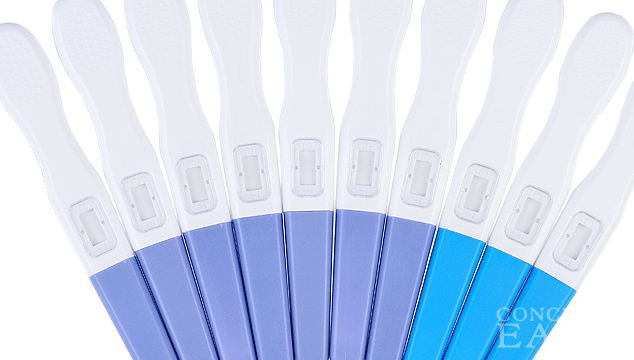

There are several things that are important to keep in mind when taking an ovulation predictor test. We have covered most of these before, but we will mention them again just due to the sheer importance. First of all, it is highly imperative that women make sure to read the instructions correctly and then follow those instructions in order for the test to be accurate.
For example, there is a certain amount of time that a woman must wait in order to read the test results accurately. If she reads the results before that amount of time or after that amount of time, the results are no longer valid. Also, some tests want for women to use their first morning urine on the test, and other tests don’t really care. Some tests want for women to test at the same times every day, and other tests say that it doesn’t really matter.

There are several things that women should keep in mind when using OPKs. First thing to remember is that the LH surge happens very quickly in the body, and can actually occur in just the span of a few short hours.
This is why some tests suggest that women actually test multiple times in one day.
The LH surge can happen so suddenly that it can be missed if women don’t stay on top of testing and if they skip a day, they can miss out. Testing multiple times per day is not always recommended or needed, but can really help if women are not sure when they are ovulating or if they have questions about how their body ovulates. It is also a really good way for women to get comfortable with testing in general.
It’s also important to read the instructions closely. Some tests want women to use their first morning urine when taking an ovulation test. This is because this urine is not diluted like other urine during the day after a woman has been eating or drinking. If a woman is just getting started with using ovulation predictor kits, its a good idea to buy extra test strips so that she can get the hang of testing, and can even test multiple times during the course of a day.
Testing 2-3 times per day over the course of a week is very reasonable with OPKs – so budget for upwards of 14-21 tests in a cycle, if you can. Or get them free!
This is especially helpful when getting started with ovulation kit testing, since it can be a little bit confusing when you are just starting out. It can help women to become comfortable with what they are doing when it comes to fertility testing.

Of course, when a woman uses an ovulation predictor test, she can test every single day if she wants to. It’s definitely not a problem, and doesn’t hurt anything at all.
However, where there can be a potential problem is when the costs associated with ovulation predictor kit tests start to add up.
It can be difficult and pricey to use 2 to 3 tests each day for an entire month, just because a woman might not be “sure” when she is ovulating. That’s where the TTC Kit comes in handy with its free 20 OPKs. There are a few tips and tricks for knowing when to test for ovulation. Keep reading for some of those hints, and we will go over some of the most commonly used and popular ones.

Optimal cervical mucus is sometimes referred to as “egg white” cervical mucus.
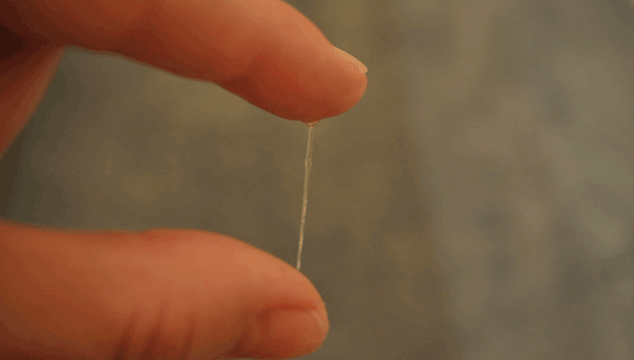
This is because it actually resembles the color, consistency and feel of, guess what, egg whites!
Cervical mucus changes a lot during the course of the month when women are going through the different parts of their cycle. However, egg white cervical mucus usually indicates that a woman is getting ready to ovulate soon. Therefore, when a woman starts to notice that her cervical mucus might be getting to egg white status, that is a good time for her to start testing and using ovulation predictor tests regularly.
Egg white cervical mucus = start taking OPKs!
This way, she won’t be wasting tests during the time of the month that she is not fertile, but she will have a hint of when her most fertile time will be and will begin using her tests at the right time.

Since it is not a good idea to base fertility on ovulation predictor tests alone, it is a good idea for women to start also testing their basal body temperature on a daily basis. This is done using a basal thermometer, which measures body temperature down to a very precise degree. The way it works is that woman measure their basal body temperature every morning, before they even get out of bed. This is so that the reading is an accurate representation of a woman’s temperature of the body at rest. The temperature measuring should be done every single day, at the same time every day. This is important since the LH surge in the body can happen so very quickly.
Also, along with taking the temperature every day, the temperature should be recorded on a chart, so that a woman will have a firsthand view of her temperature every day of the month. Upon looking at this, a woman should be able to see a spike in her temperature. This indicates the time that ovulation is set to occur. By charting basal body temperature, a woman can have a good idea of the general time frame of her ovulation.
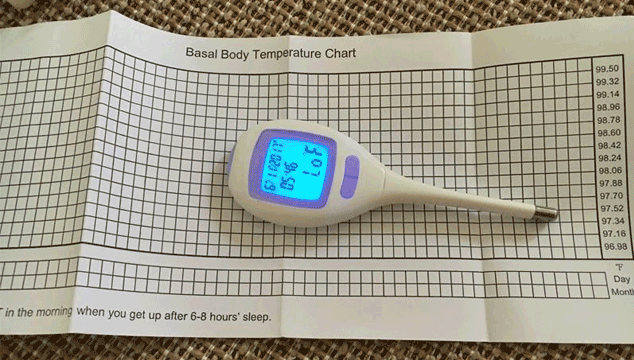
Around this time, a woman can start using her OPK to see if she is ovulating.
This way, tests are not being wasted and a woman can have a better idea of her most fertile time of the month. This is definitely a good trick that can be used for women who are getting the hang of ovulation predictor kit tests.

Many women may question whether or not ovulation predictor tests actually work at detecting the LH surge and subsequent ovulation that takes place. The truth is, these tests actually do work quite well, when they are used correctly.
In fact, most ovulation predictor kit tests are around 99% accurate.
However, it is important to remember that these tests do not actually detect ovulation, but instead detect the surge of the LH hormone that often precedes ovulation. Some women who have certain medical conditions like PCOS can actually get small surges of LH throughout the month even when they are not ovulating, so these women might see misleading results when using an OPK. Definitely take that into consideration when using ovulation predictor kit tests.

If a woman uses OPKs for a few months without seeing any real results or without ever obtaining a for sure positive result, it is a good idea for her to see a doctor. If it seems like ovulation predictor kit tests are not working that can usually indicate that a woman is having problems with ovulation.
It’s also important to note that the three days after a positive ovulation test are the best days for getting pregnant.
So if a woman is not having sex on those days, it’s unlikely that she will become pregnant easily. However, women who are not having the desired results should definitely think about seeing a doctor to discuss potential problems and probable issues that might exist.

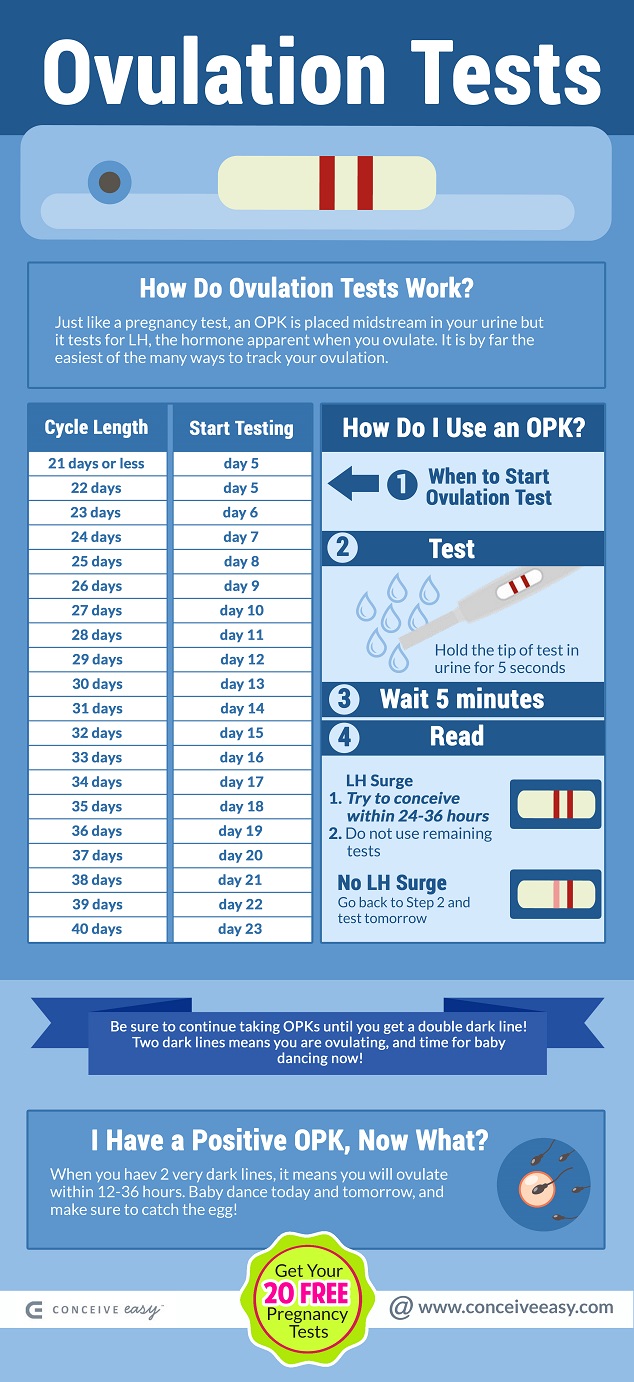

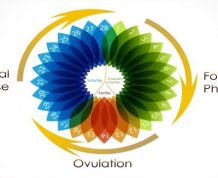







Comments